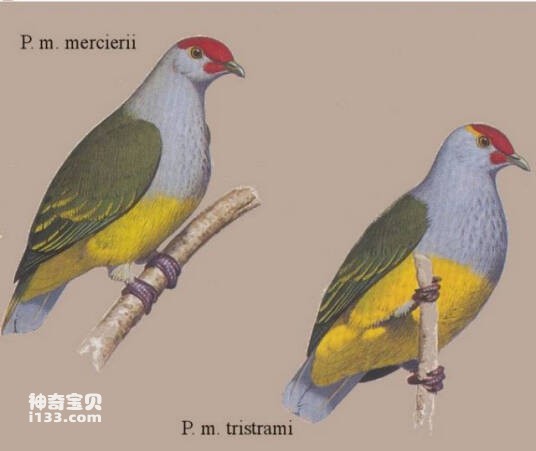
Ptilinopus mercierii
Ptilinopus mercierii,Red-moustached Fruit-dove,Moustached Fruit Dove
The scientific name Ptilinopus mercierii, foreign name Red-moustached Fruit-···
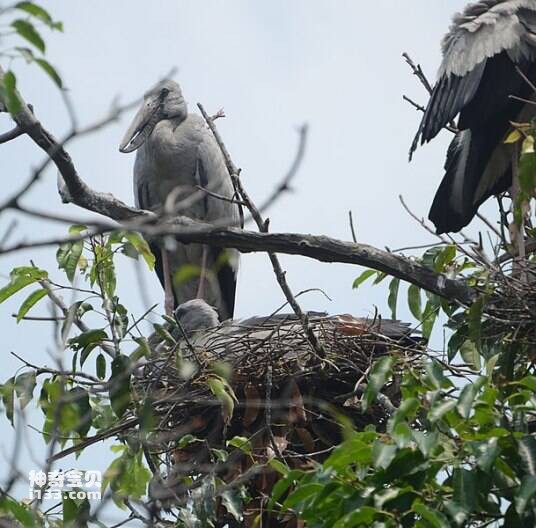
Alectroenas rodericana
Alectroenas rodericana
The Alectroenas rodericana (Alectroenas rodericana) is an extinct pigeon on ···

Gallicolumba salamonis
Gallicolumba salamonis
Thick-billed chicken dove, scientific name: Gallicolumba salamonis E. P. Ram···

Passenger pigeon
North American passenger pigeon, Wandering pigeon, passenger pigeon, travelling pigeon
Passenger Pigeon (scientific name: Ectopistes migratorius) Passenger Pigeon,···
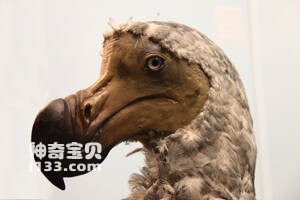
Raphus cucullatus,Dodo
Raphus cucullatus,Dodo
The Dodo (Raphus cucullatus) is one of the most famous extinct animals besid···
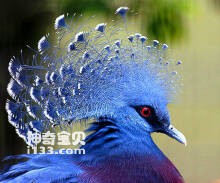
Goura scheepmakeri
Goura scheepmakeri,Southern crowned-pigeon
The yellow-breasted Crested pigeon (Goura scheepmakeri) is known as Southern···

Goura cristata
Goura cristata,Blue Crowned Pigeon
The Blue Crowned Pigeon (Goura cristata) has three subspecies.The blue crest···
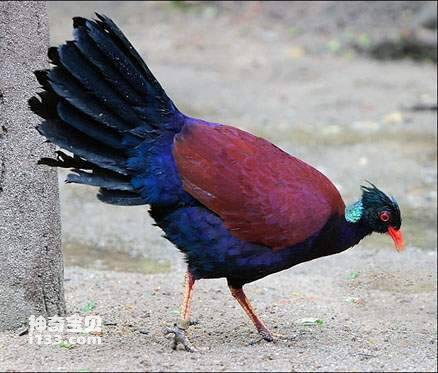
Otidiphaps nobilis
Otidiphaps nobilis,Pheasant Pigeon
The Pheasant Pigeon is known as Otidiphaps nobilis and Pheasant pigeon.Liste···
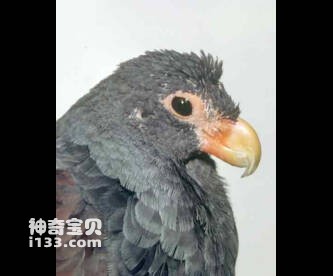
Didunculus strigirostris
Didunculus strigirostris,Tooth-billed Pigeon
Didunculus strigirostris Tooth-billed Pigeon, no subspecies.Doves live at al···
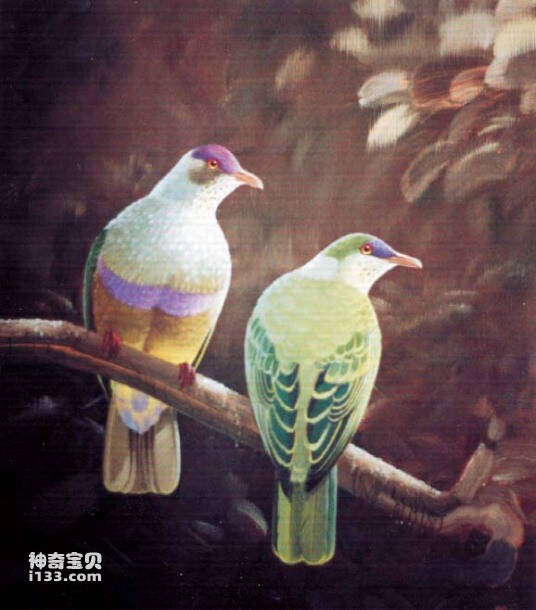
Ptilinopus huttoni
Ptilinopus huttoni,Rapa Fruit Dove
The species is known as Ptilinopus huttoni and Rapa Fruit Dove.Listed in the···

Ptilinopus porphyrea
Ptilinopus porphyrea,Pink-necked Fruit Dove
Ptilinopus porphyrea, also known as Pink-necked Fruit Dove, is unknown.Prote···
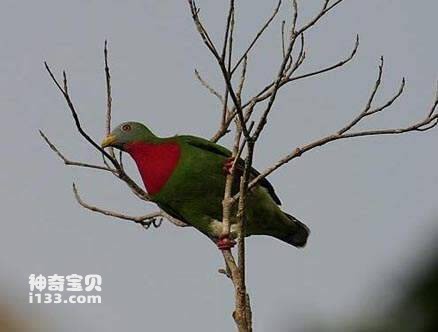
Ptilinopus viridis
Ptilinopus viridis
The scientific name Ptilinopus viridis is unknown.Listed in the Internationa···
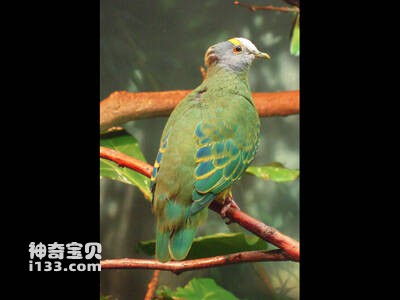
Ptilinopus coronulatus
Ptilinopus coronulatus,Coroneted Fruit-dove,Coroneted Fruit Dove
Its scientific name is Ptilinopus coronulatus, and its foreign names are Cor···
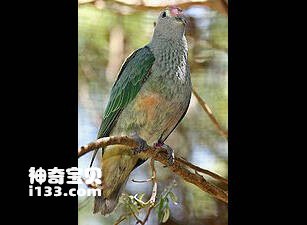
Ptilinopus chalcurus
Ptilinopus chalcurus,Makatea Fruit-dove,Makatea Fruit Dove
Makatea's scientific name is Ptilinopus chalcurus, foreign names Makatea···
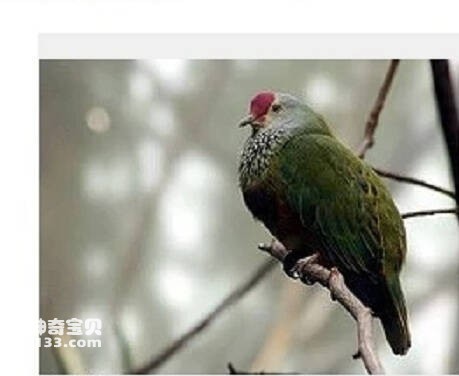
Ptilinopus roseicapillus
Ptilinopus roseicapillus,Mariana Fruit-dove
Its scientific name is Ptilinopus roseicapillus, and its foreign name is Mar···
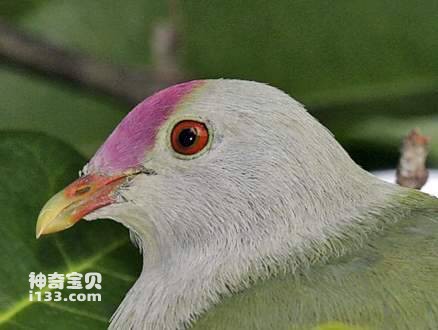
Ptilinopus pulchellus
Ptilinopus pulchellus,Beautiful Fruit-dove,Beautiful Fruit Dove
Its scientific name is Ptilinopus pulchellus, foreign names are Beautiful fr···
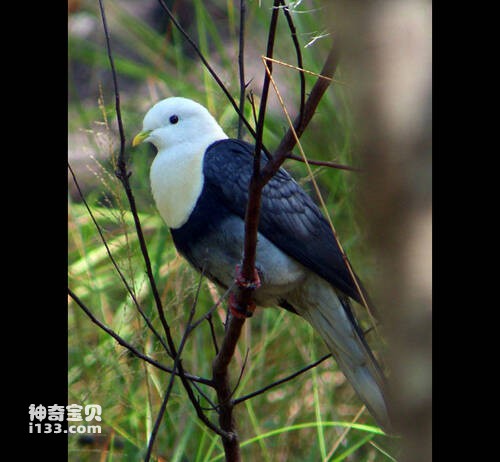
Ptilinopus alligator
Ptilinopus alligator,Black-banded Dove
Its scientific name is Ptilinopus alligator, foreign name is Black-banded Do···

Ptilinopus arcanus
Ptilinopus arcanus,Negros Fruit-dove
Its scientific name is Ptilinopus arcanus and its foreign name is Negros Fru···
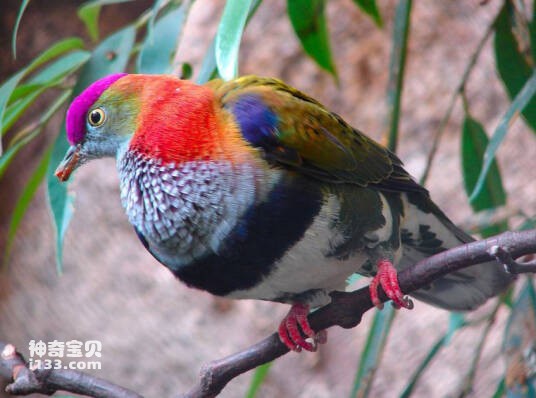
Ptilinopus porphyraceus
Ptilinopus porphyraceus,Purple-capped Fruit-dove,Crimson-crowned Fruit-dove,Crimson-crowned Fruit Dove
Ptilinopus porphyraceus, Purple-capped Fruit-dove, Crimson-crowned Fruit-dov···
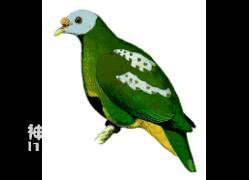
Ptilinopus granulifrons
Ptilinopus granulifrons,Carunculated Fruit-dove
Its scientific name is Ptilinopus granulifrons, and its foreign name is Caru···
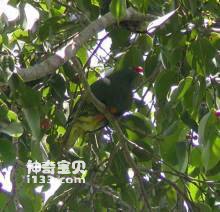
Ptilinopus insolitus
Ptilinopus insolitus,Knob-billed Fruit-dove
Its scientific name is Ptilinopus insolitus and its foreign name is Knob-bil···
